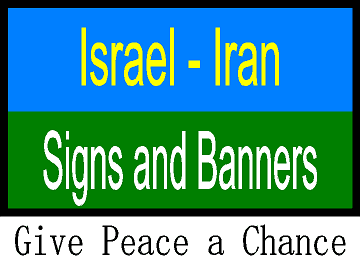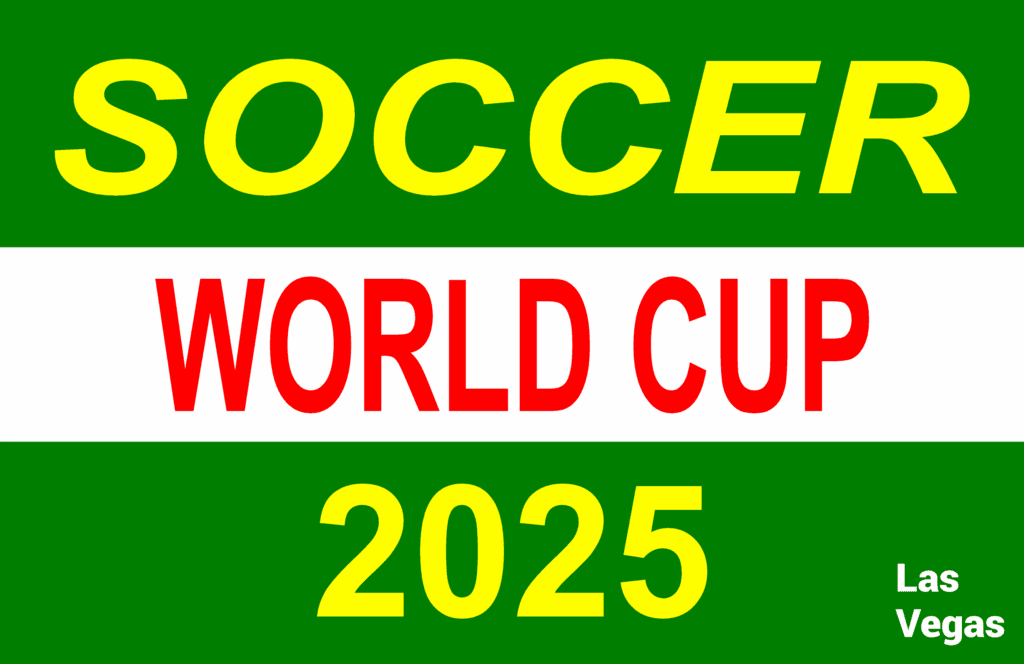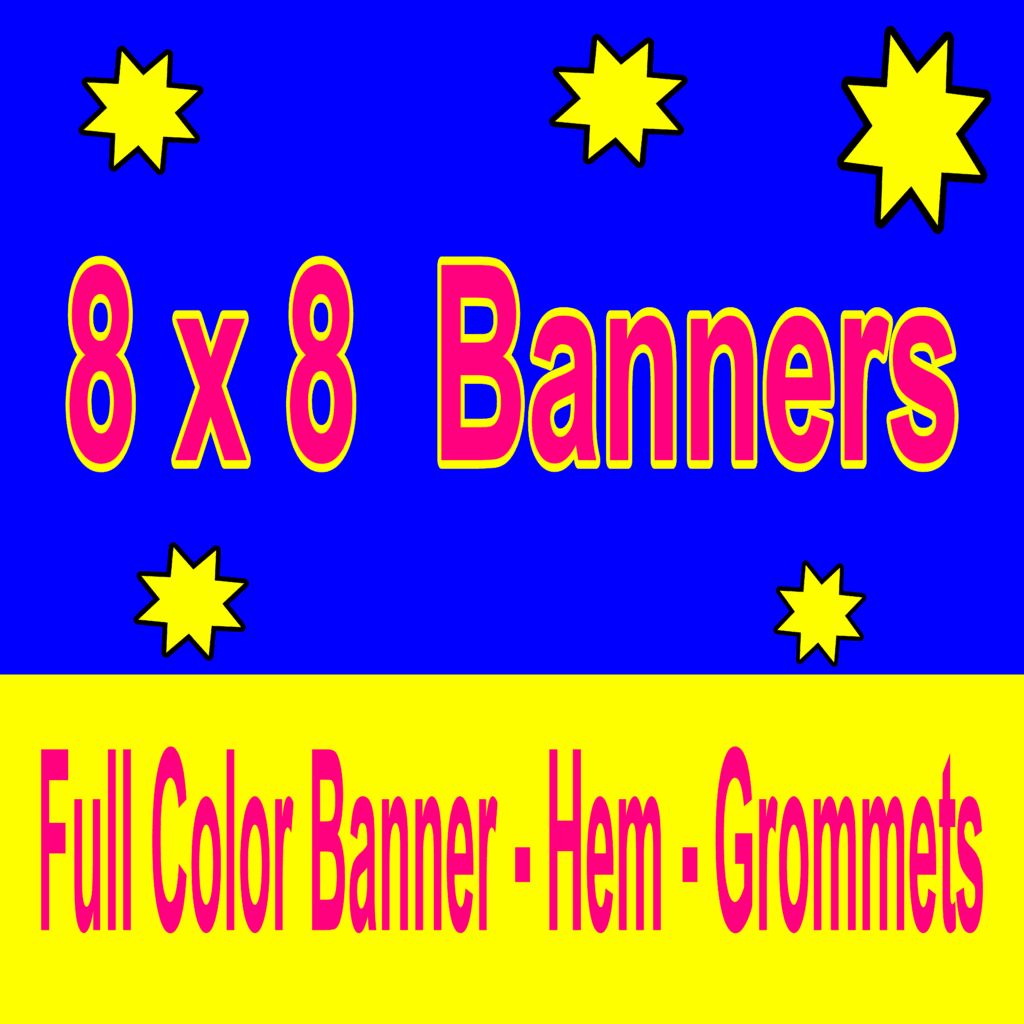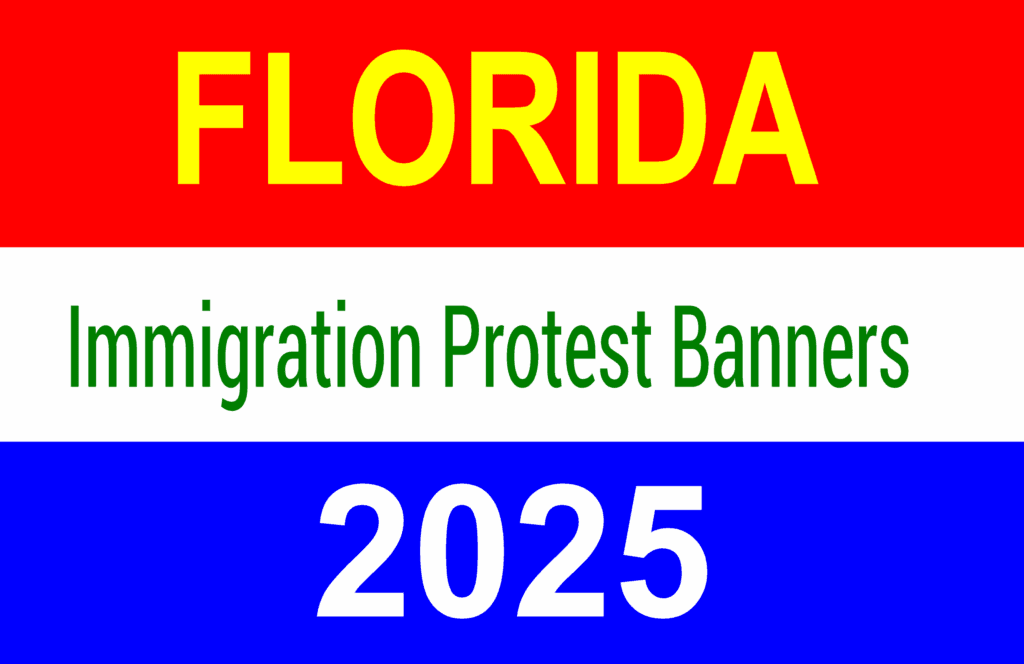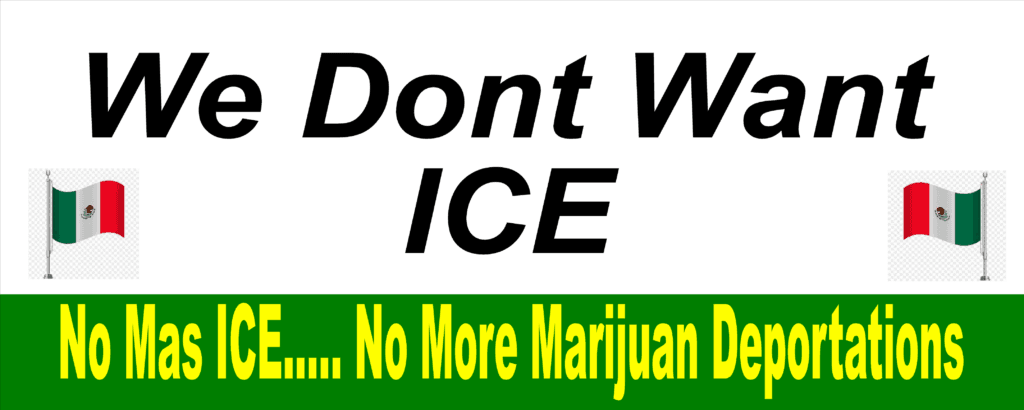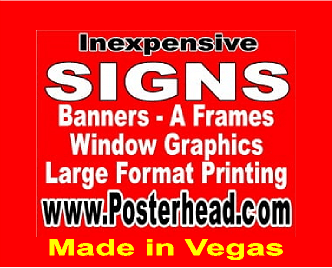In the ongoing tensions between Israel and Iran, signs and vinyl banners have become powerful tools of communication. Activists, politicians, and civilians use them to express messages that speak louder than words. These visual mediums deliver direct statements that resonate across borders and ideologies. Whether in Tel Aviv or Tehran, protestors display banners to show defiance, unity, or sorrow. Every word on a sign carries weight and often sparks debate. Vinyl banners at demonstrations often feature slogans, religious symbols, and urgent political demands. Their visibility ensures they reach audiences far beyond the protest site.
Anti-government rallies in both nations frequently include handmade and printed banners. In Israel, protestors opposing judicial reforms use banners reading “Democracy Will Prevail.” Meanwhile, in Iran, demonstrators have displayed signs saying “Woman, Life, Freedom,” calling for rights and reform. These words, printed boldly on vinyl or cloth, appear in international media coverage and online platforms. They give voice to those unable to speak freely under authoritarian pressure.
Political signs also appear outside embassies, consulates, and global summits. Diaspora communities in Paris, Berlin, and New York use these signs to advocate change back home. Their banners often combine both Hebrew or Farsi with English, ensuring international understanding. Protestors intentionally design these visuals for maximum emotional impact and global sharing.
Israel Iran Signs and Banners Reflect Religious and Ideological Expressions
Religious symbolism plays a strong role in banner content from both Israel and Iran. In Jerusalem, vinyl banners often quote scripture to affirm Jewish identity and homeland rights. Religious Zionist groups hang signs during marches reading, “The Land is Ours by Promise.” These banners frame political arguments in divine language. They also build moral authority through sacred text.
Iranian banners often invoke Shi’a Islamic phrases and imagery. During Quds Day events in Tehran, vinyl signs declare, “Death to Israel” or “Free Palestine.” These slogans carry both religious and political meaning. Some banners feature images of Al-Aqsa Mosque or martyrs from Hezbollah and Islamic Revolutionary Guard Corps. Such symbols unite supporters across ideological lines and signal resistance against perceived Western dominance.
Large-format vinyl banners decorate walls, fences, and buildings during major religious observances. In Israel, banners appear during Passover and Yom Ha’atzmaut, emphasizing national pride and divine protection. In Iran, banners line Tehran’s streets during Ashura, linking martyrdom to contemporary resistance. These banners mix art, scripture, and nationalism in strategic, visual storytelling.
Signs at International Rallies and Events
As tensions rise globally, signs from the Israel-Iran conflict now appear at protests on nearly every continent. Cities like London, Vienna, and Washington D.C. host rallies where activists carry printed banners supporting either side. Pro-Israel demonstrators display signs with messages like “Israel Has the Right to Defend Itself.” In contrast, pro-Iranian or pro-Palestinian supporters hold signs reading “End the Occupation” or “Justice for Palestine.”
Vinyl banners help unify global messaging and signal alignment with causes abroad. At the United Nations, advocacy groups install large banners outside during key summits. These signs usually include QR codes, websites, and hashtags for more information. Visual simplicity ensures that viewers understand the message at a glance.
During cultural or academic boycotts, universities may see signs posted around campuses. These protest banners call for divestment from companies doing business with Israel or Iran’s military sectors. Often controversial, these signs stimulate dialogue and student activism. Though campus authorities sometimes remove them, their messages spread through photos shared online.
Public marches also feature symbolic signs like mock missiles, coffins, or children’s shoes. These visual props, paired with printed banners, evoke emotional reactions. They turn rallies into dramatic performances of political commentary. Though controversial, these protest materials succeed in drawing attention.
Digital Replication and Global Distribution
The rise of digital platforms has multiplied the impact of physical banners. A sign in Tel Aviv can go viral in minutes. A vinyl banner in Tehran might be seen in Los Angeles within hours. Online platforms like Instagram and Twitter showcase signs at every demonstration. Protestors photograph and post these visuals to globalize their messages.
Designers often create digital templates for protest signs. Activists can download, print, or share these banners from anywhere in the world. This has helped build visual unity across national borders. For example, the slogan “Free Palestine” uses consistent colors and typefaces globally. Pro-Israel banners supporting IDF soldiers follow similar visual themes.
Nonprofits and grassroots movements now invest in vinyl banner printing for targeted campaigns. These high-quality signs appear outside embassies, at city halls, and on highways. Weatherproof vinyl ensures the banners remain visible for weeks or longer. These long-term displays reinforce campaign messages and attract media coverage.
Print shops specializing in protest materials report high demand during conflicts. Many print bilingual banners in English and local languages. This ensures broader reach and clarity. From neighborhood protests to international marches, the banner has become a global language of resistance.
Signs as a Barometer of Public Sentiment
Signs and banners reflect the mood of the people. When emotions run high, signs multiply. In times of conflict, a single banner can become iconic. Consider the Israeli banner “Bring Them Home” during hostage crises. Its red block letters over a white background became a symbol of unity and pain.
In Iran, banners mourning slain protesters feature names and portraits. These signs not only honor the dead but demand justice. Mothers hold vinyl signs of their lost sons, refusing silence. These banners turn grief into political power.
Public sentiment often shifts, and signs capture those changes. During ceasefires, banners may shift from war cries to peace slogans. In both Iran and Israel, peace rallies feature signs calling for diplomacy and coexistence. These banners often feature doves, olive branches, or children’s faces.
Artists also use banners as canvases for political art. In Tel Aviv, street artists paste hand-painted vinyl signs with poetic verses or anti-war graffiti. In Tehran, underground artists stencil resistance messages onto blank banners. These creative formats reach younger audiences disillusioned with mainstream politics.
In conclusion, signs and vinyl banners continue to shape the narrative of the Israel-Iran conflict. Their impact goes beyond paper and plastic. They become cultural artifacts, tools of protest, and carriers of memory. Whether on a wall, a street, or a digital feed, they speak truth to power.
Give peace a chance !
